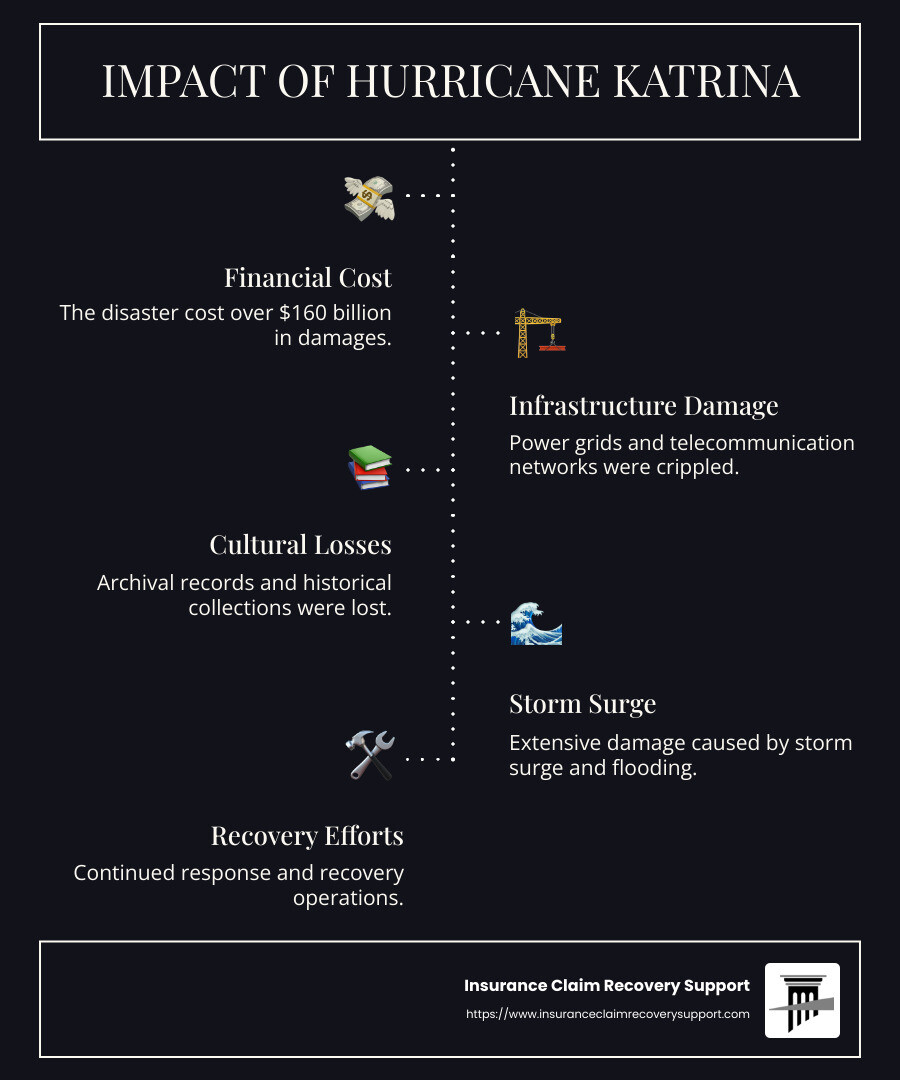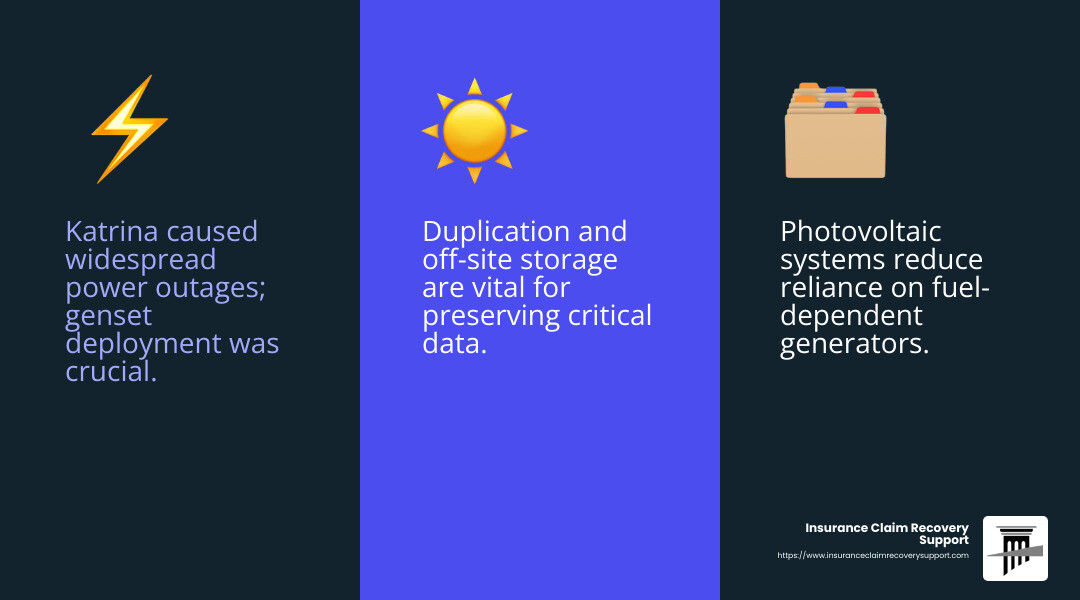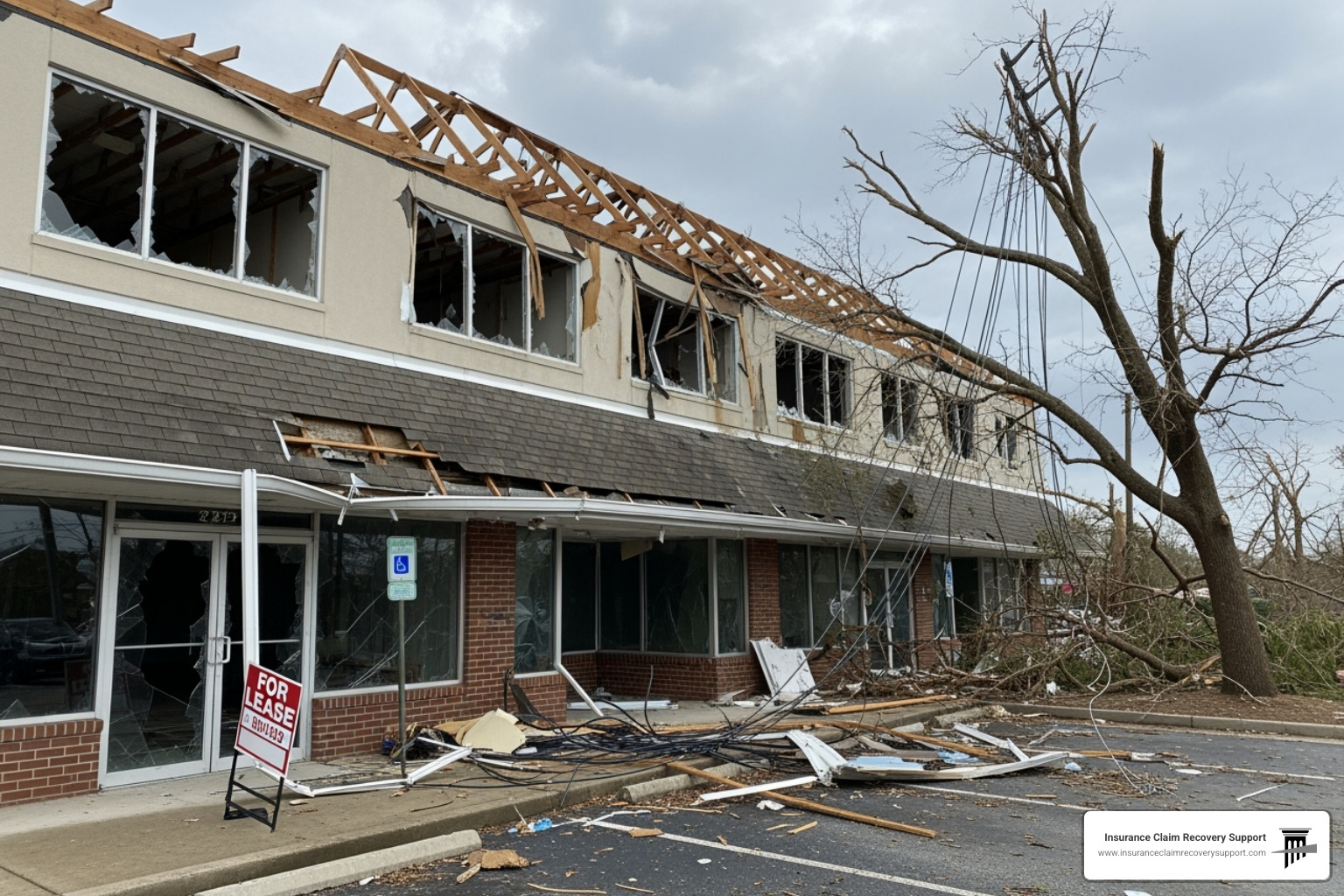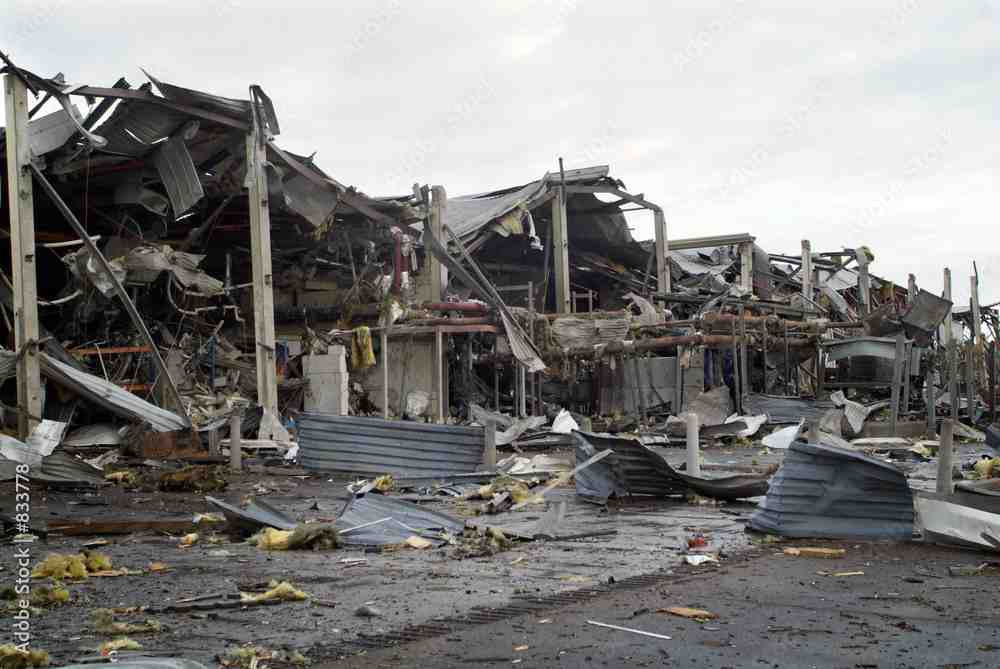Damage assessment hurricane katrina shines a light on an era-defining tragedy. On August 29, 2005, Hurricane Katrina hammered the Gulf Coast, leaving behind a trail of unprecedented devastation, especially in Louisiana and Mississippi. This catastrophe disrupted lives, razed infrastructure, and plunged entire cities like New Orleans into chaos.
- Massive financial toll, exceeding $160 billion
- Power grids and telecommunication networks crippled
- Long-duration outages due to fuel shortages and security challenges
- Unprecedented property and cultural losses
- Storm surge and flooding caused extensive damage
Understanding damage assessment hurricane katrina requires analyzing how the hurricane crippled infrastructure and communities. My name is Scott Friedson, and I’ve spent years ensuring fair insurance settlements post-disaster. With hands-on expertise in damage assessment hurricane katrina, I’m here to guide you through this complex landscape.

Damage Assessment Hurricane Katrina
Economic Impact
Hurricane Katrina stands as one of the costliest disasters in U.S. history, with damages exceeding a staggering $160 billion. This financial toll reflects the widespread destruction of property, infrastructure, and the economic stability of affected regions. The hurricane’s impact was felt far and wide, leaving a lasting mark on the Gulf Coast.
Property Damage
Katrina’s wrath led to the destruction of over 300,000 housing units, displacing countless families and altering the landscape of entire communities. Homes were not just damaged but, in many cases, completely obliterated. The storm’s powerful winds and relentless flooding wreaked havoc on residential areas, leaving behind a trail of debris and despair.
Infrastructure Damage
The hurricane also devastated critical infrastructure, particularly the power grid and telecommunications networks. Power outages were widespread and prolonged, affecting millions and complicating recovery efforts. The main reasons for these outages were fuel supply disruptions, flooding, and security issues, which hindered immediate restoration efforts.
Telecommunications were similarly impacted, with networks going down at a time when communication was most needed. However, quick-thinking employees managed to prevent more extensive outages by adapting rapidly and finding on-the-spot solutions.
Storm Surge
Katrina’s storm surge was another major factor in the destruction. It overwhelmed levees, particularly in New Orleans, leading to catastrophic flooding. This surge not only destroyed properties but also submerged roads and bridges, effectively cutting off communities and complicating rescue and recovery operations.
The damage assessment hurricane katrina highlights the vulnerability of infrastructure to such natural disasters. The lessons learned from this tragedy emphasize the need for better-prepared systems and more resilient infrastructure to withstand future storms.
In the next section, we’ll explore the cultural and archival losses that accompanied the physical destruction, shedding light on the efforts made to preserve history amid chaos.
Record-Keeping and Cultural Loss
Response and Recovery
Hurricane Katrina not only devastated infrastructure but also inflicted significant damage on archival records and historical collections. The storm’s impact on cultural heritage was profound, as it posed a threat to the preservation of invaluable records and artifacts.
Archival Records and Historical Collections
Many institutions along the Gulf Coast faced the daunting task of saving damaged records. Staff members, often dealing with personal losses, worked tirelessly to salvage what they could. They laid out documents to dry and boxed them for freezing, a stopgap measure against mold and decay. Despite their homes being destroyed, record keepers found solace and purpose in these preservation efforts.
The storm’s aftermath revealed a stark reality: traditional disaster plans were inadequate. Access to buildings was restricted by law enforcement, making it impossible to retrieve records within the crucial 48-hour window. Improvised actions became essential, as staff adapted to the challenges they faced on the ground.
Preservation Efforts
The team observed that collections were often either completely destroyed or damaged by high humidity and mold. In some cases, the buildings housing these collections were contaminated with health hazards, complicating recovery operations. Improvised methods, such as using freezer trucks to halt mold growth, were employed, but the scale of the disaster made these efforts challenging.
A particularly poignant example involved members of the National Guard at a county courthouse. They were tasked with saving land records but faced confusion due to conflicting advice from various sources. This underscores the need for clear and consistent guidelines in disaster recovery operations.
Emergency Plans and Recovery Operations
The inadequacy of emergency plans highlighted the need for a more robust approach to disaster preparedness. Traditional plans often relied on the availability of trained staff, which was not the case post-Katrina. Many staff members were displaced, leaving recovery efforts in the hands of those unfamiliar with archival preservation.
The damage assessment hurricane katrina underscores the importance of updating and revising disaster recovery publications to ensure their relevance in future events. The scale of Katrina’s destruction rendered many existing guidelines obsolete, prompting a call for more practical, situation-specific advice.
Efforts to preserve cultural heritage amid chaos demonstrate the resilience and dedication of those involved. These experiences offer valuable lessons for future disaster preparedness, emphasizing the need for flexible and adaptive response strategies.
In the next section, we’ll dig into the lessons learned from Katrina and explore how they inform future preparedness and response strategies.
Lessons Learned and Future Preparedness
Improving Disaster Response
Hurricane Katrina taught us hard lessons about disaster preparedness and the importance of effective emergency planning. The storm’s impact on infrastructure and communities highlighted the need for better strategies to handle such catastrophic events.
Disaster Preparedness and Emergency Planning
One of the key takeaways is the necessity of having robust and adaptable emergency plans. Traditional plans often fell short during Katrina, as they relied on the availability of trained staff who were frequently displaced or unavailable. This experience showed that plans must be flexible enough to adapt to unexpected challenges.
Duplication and Off-Site Storage
For archival records and critical data, duplication and off-site storage are vital. Katrina’s damage to historical collections and records underscored this need. By storing copies in geographically distant locations, organizations can safeguard against total loss during disasters. This strategy ensures that essential information remains accessible, even if primary sites are compromised.
Logistics and Genset Deployment
Logistical coordination is crucial in disaster response. During Katrina, disruptions in fuel supply and security issues led to widespread power outages. The use of gensets (generators) was essential, but their deployment required careful planning. Coordinating genset deployment among different network operators could improve efficiency and prevent fuel shortages.
Photovoltaic Systems
Incorporating renewable energy solutions like photovoltaic systems can also improve disaster resilience. By installing permanent solar panels at critical sites, reliance on fuel-dependent generators can be reduced. This not only cuts down on fuel consumption but also provides a more sustainable energy source during prolonged outages.

Future Preparedness
The lessons from Katrina emphasize the need for a proactive approach to disaster preparedness. This involves regular updates to emergency plans, ensuring they are practical and relevant to current challenges. It also means investing in technologies and infrastructure that can withstand extreme weather events.
By learning from past experiences, we can build a more resilient future. This includes fostering collaboration among stakeholders and leveraging new technologies to improve our ability to respond to and recover from disasters.
In the next section, we’ll address frequently asked questions about Hurricane Katrina, including the extent of the damages and the scale used to measure the storm’s intensity.
Frequently Asked Questions about Hurricane Katrina
What were the damages of Hurricane Katrina?
Hurricane Katrina was one of the most devastating natural disasters in U.S. history. The damage assessment revealed a staggering impact, with costs reaching $81 billion. The storm destroyed or severely damaged over 300,000 housing units, leaving countless families without homes.
The flooding was particularly catastrophic, with some areas experiencing water depths of up to 20 feet. This immense flooding contributed significantly to the destruction and the displacement of residents.
How many bodies are still missing from Hurricane Katrina?
Tragically, over 1,800 people lost their lives due to Hurricane Katrina. While the official death toll includes direct and indirect fatalities, 135 individuals remain missing. These numbers highlight the storm’s devastating human impact and the challenges faced in rescue and recovery operations.
What scale was used to measure Hurricane Katrina?
Hurricane Katrina was measured using the Saffir-Simpson Hurricane Wind Scale, which categorizes hurricanes based on their sustained wind speeds. Katrina reached Category 5 status while over the Gulf of Mexico, with winds exceeding 157 mph. By the time it made landfall in Louisiana on August 29, 2005, it had weakened to a Category 3 hurricane. Despite this, the storm surge and levee failures led to catastrophic flooding and extensive damage.
In the next section, we’ll explore the role of Insurance Claim Recovery Support in helping policyholders steer the aftermath of such disasters, ensuring they receive the maximum settlement possible.
Conclusion
In the wake of Hurricane Katrina’s devastation, many policyholders faced overwhelming challenges. At Insurance Claim Recovery Support, our mission is to stand by those affected, ensuring they receive the maximum settlement they deserve.
Advocating for Policyholders
We understand the complexities of insurance claims after a disaster like Katrina. Our team of expert public adjusters specializes in representing policyholders—not insurance companies. This means we are fully committed to your best interests, working tirelessly to maximize your claim settlement.
Comprehensive Support
From cities like Austin and Dallas to Houston and beyond, we provide nationwide support. Our experienced team steers the intricate insurance processes, from assessing storm damage to negotiating with insurers. We take pride in our ability to secure fair settlements, allowing you to focus on rebuilding your life and property.
Why Choose Us?
-
Expertise: We have a deep understanding of hurricane damage, including the unique challenges posed by events like Katrina.
-
Commitment: Our focus is solely on policyholders. We advocate fiercely on your behalf to ensure you receive the compensation you deserve.
-
Nationwide Reach: With locations across Texas and beyond, including San Antonio and Lubbock, we’re ready to assist wherever you are.
If you’re dealing with the aftermath of a hurricane or other natural disaster, don’t steer it alone. Let us help you through the insurance claim process and ensure you get the settlement you deserve. Contact us today for expert assistance and support in your recovery journey. Together, we can turn a devastating situation into a path toward restoration and normalcy.






